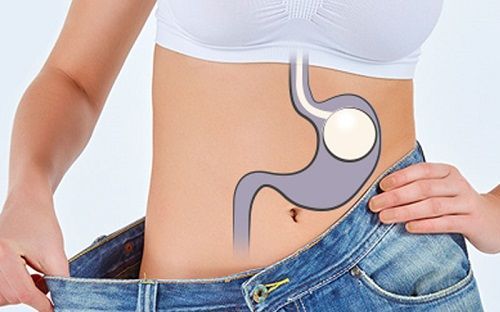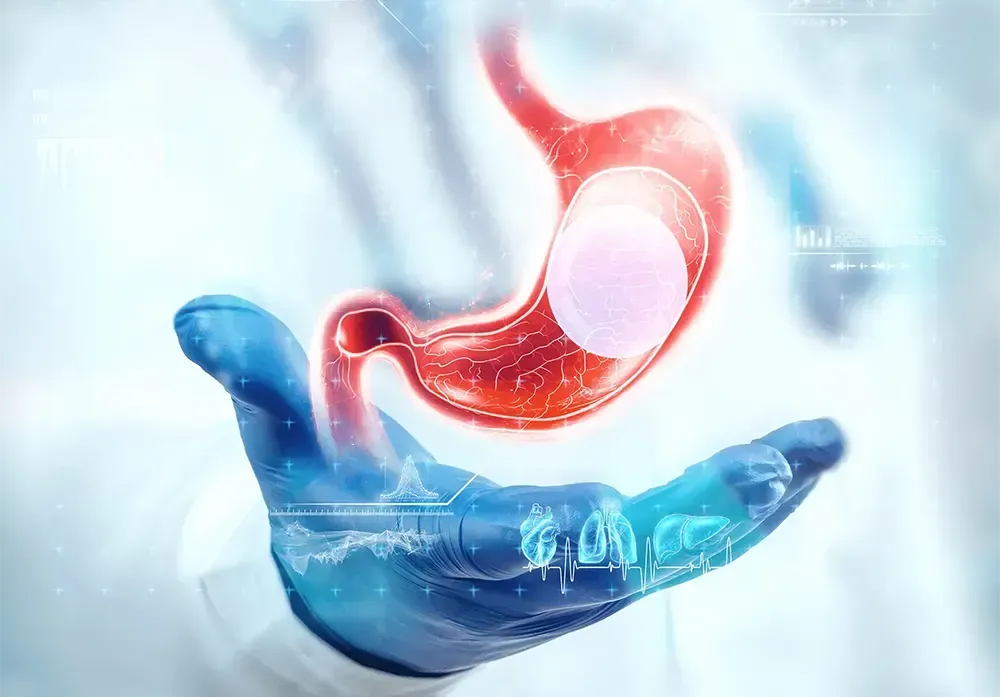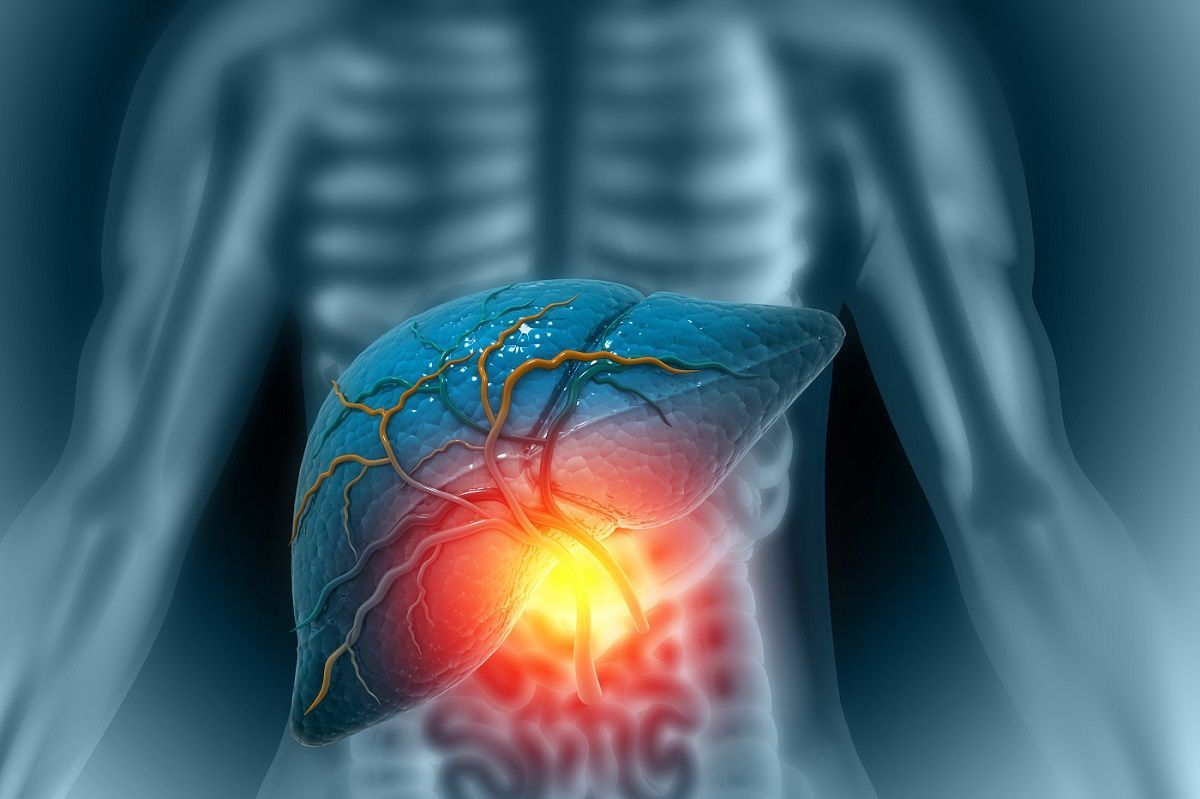5 Benefits of Orbera Gastric Balloon
Gastro SB uses the Orbera gastric balloon since this has been the most studied gastric balloon worldwide. In addition, Orbera has a great ancillary team that supports both physicians and patients in order to achieve the best results.
What is the Orbera Gastric Balloon?
The Orbera gastric balloon is a silicone balloon that is filled with saline. This procedure is performed endoscopically which assures an adequate position and to rule out conditions that would interfere with the balloon performance.
The Orbera gastric balloon is the only balloon on the market that is placed endoscopically and is the most used worldwide.
How can I lose weight with the Orbera Gastric Balloon?
When you have the gastric balloon in place, it makes you feel satiated and will prevent you from over-eating. The main effect of the Orbera gastric balloon is to help you develop a transient period of slow digestion. This state will make you inclined to eat smaller portions and more slowly, otherwise, you may experience symptoms of nausea and vomiting from overeating and eating too quickly. As a result, you will lose weight. To learn more about how the gastric balloon works, click here.
While you have the balloon in place, our certified dietitian will work with you in developing a healthier lifestyle including nutrition counseling, meal planning, and more. Our weight loss clinic services are designed to help you achieve long-term weight loss.
Learn more about the top five benefits of the Orbera gastric balloon.
- No Surgery Involved
The procedure is performed endoscopically by a gastroenterologist. There are no scars and no surgery involved in this procedure.
- Quick 15-minute procedure
The balloon is placed in less than 15 minutes via a standard upper endoscopy. After you are sedated, the scope is inserted into your mouth and advanced into your stomach. Your esophagus, stomach and duodenum are carefully observed so there are no ulcers or lesions that could interfere with the gastric balloon. If all looks good, the balloon is inserted and inflated with 600-700 ml of saline. After this, the scope is withdrawn.
- Lose weight fast
Our patients have lost up to 50 pounds in 6 months and most of the weight is lost within the first 3 months. While you have the stomach balloon in place you will experience a few symptoms such as acid reflux, or nausea that can be easily controlled with medication.
- More affordable than standard weight loss procedures
In Gastro SB, we offer a very competitive price of $5,000 USD for our 6-month weight loss management program. Our exclusive weight loss program includes the Orbera gastric balloon placement, follow-up with our dietitian and physician and the removal of the gastric balloon.
- Non-permanent, temporary solution for weight loss
This procedure is reversible and highly effective for weight loss. The Orbera gastric balloon procedure produces less side effects compared to weight loss surgery and is less expensive. You can have the balloon removed once you’ve achieved your weight loss goals in less than the maximum allowed duration of the balloon in your stomach, 6 months.
Am I a good candidate for the Orbera Gastric Balloon?
You are a good candidate if your BMI is higher than 30 Kg/m2 and have no previous gastric surgery. Gastroparesis and large hiatal hernia are also contraindications for balloon placement. The stomach balloon is indicated once you have failed to lose weight despite lifestyle changes in 6 months.
Orbera Gastric Balloon Results
All of our patients at Gastro SB have achieved excellent results. Our patients have loss in average 40 pounds in 6 months. View this testimonial below from a real Orbera Gastric Balloon patient.
If you’re interested in learning more about the Orbera Gastric Balloon procedure, please contact us for an appointment to speak with Dr. Alayo.
Learn More About Gastric Balloon And Gastric Sleeve:
Is a Gastric Balloon Right for Me?
Intragastric Balloon: An Ally Against Obesity
A.G. Assoc. Recommends Intragastric Balloons for Obese Patients
Intragastric Balloon Therapy For Weight Loss
Benefits Of The Gastric Sleeve
About the Gastric Balloon Procedure
Intragastric Balloon Therapy For Weight Loss










